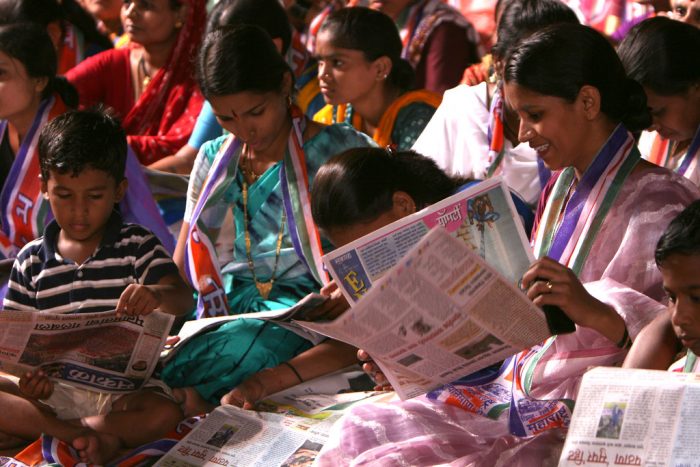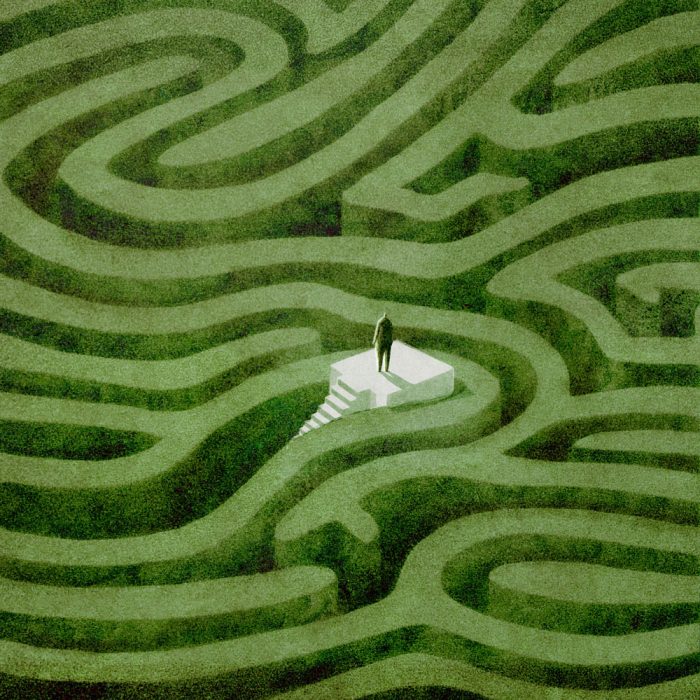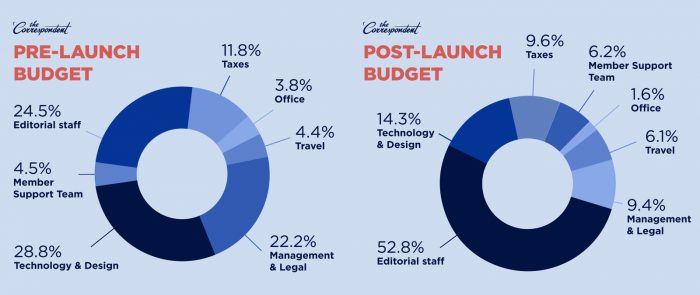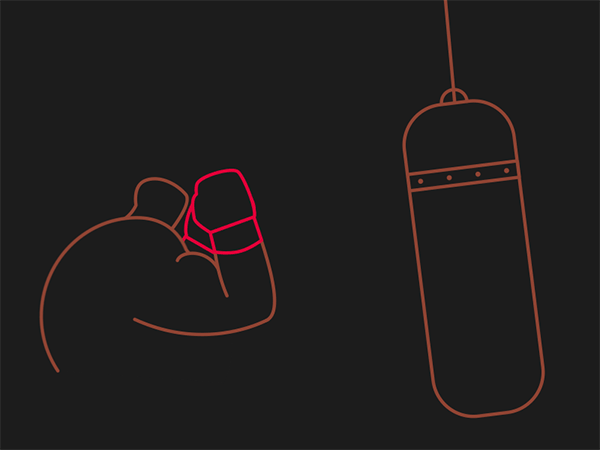Anne Powell, John Wiley, and Peter GrayJune 27, 2019
The Journal went on a quest to identify the user actions — an app download, an article share, repeat reading of a particular reporter’s stories — that can turn a new subscriber into a loyal one. Then it turned that knowledge into churn-reducing action.







